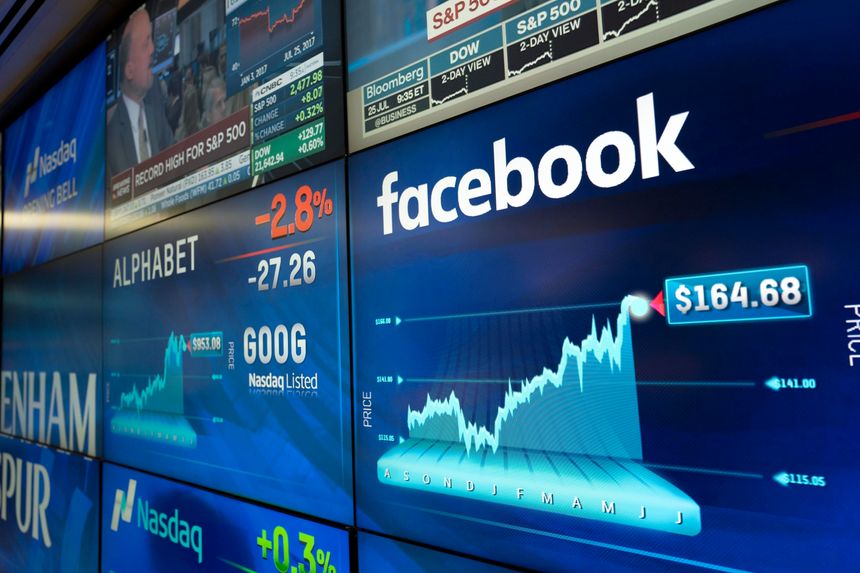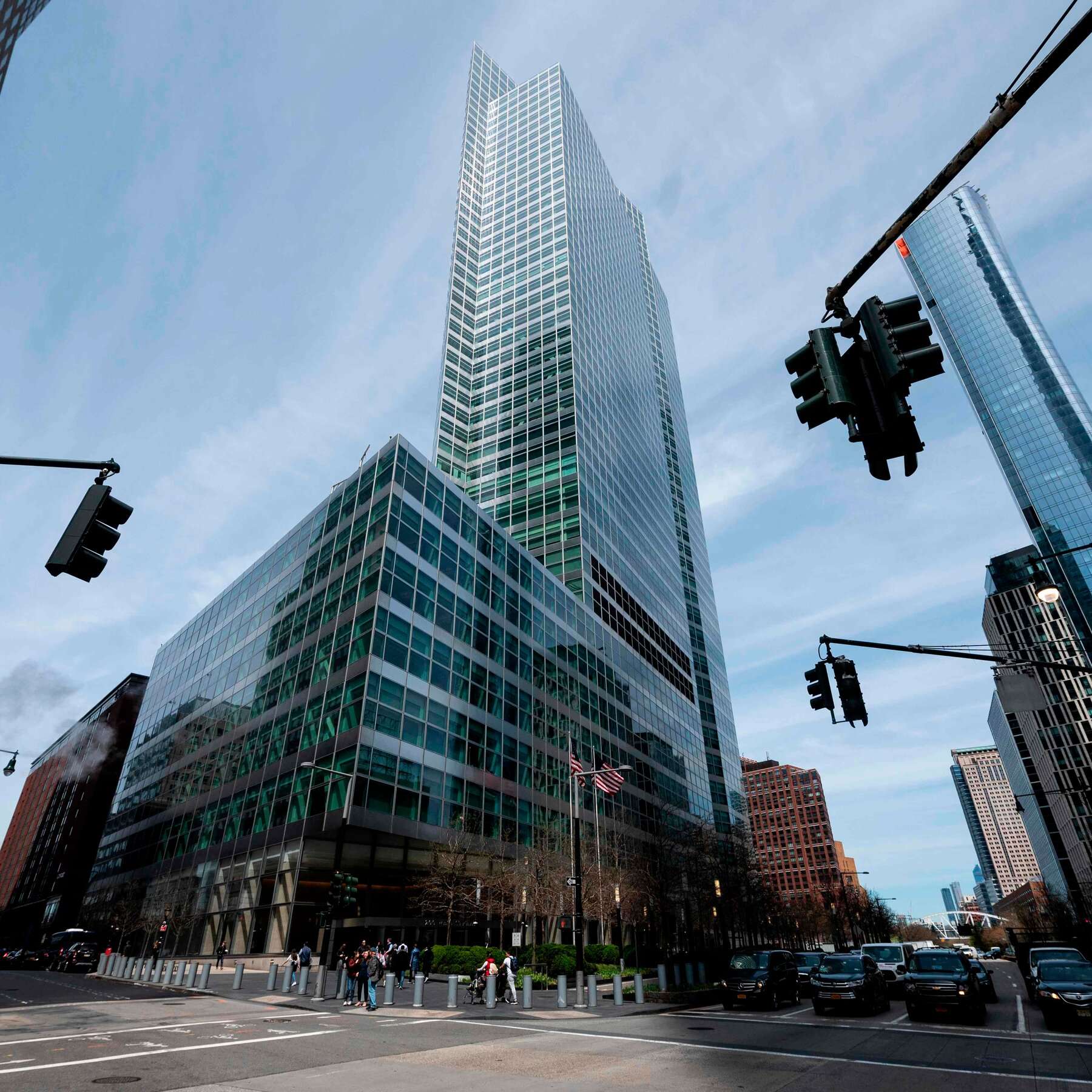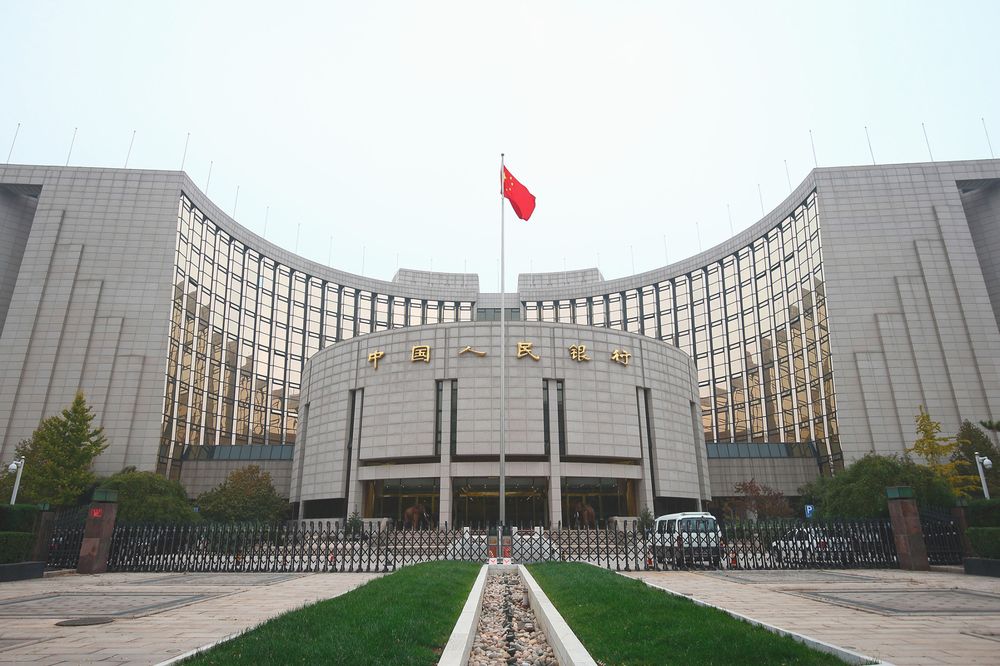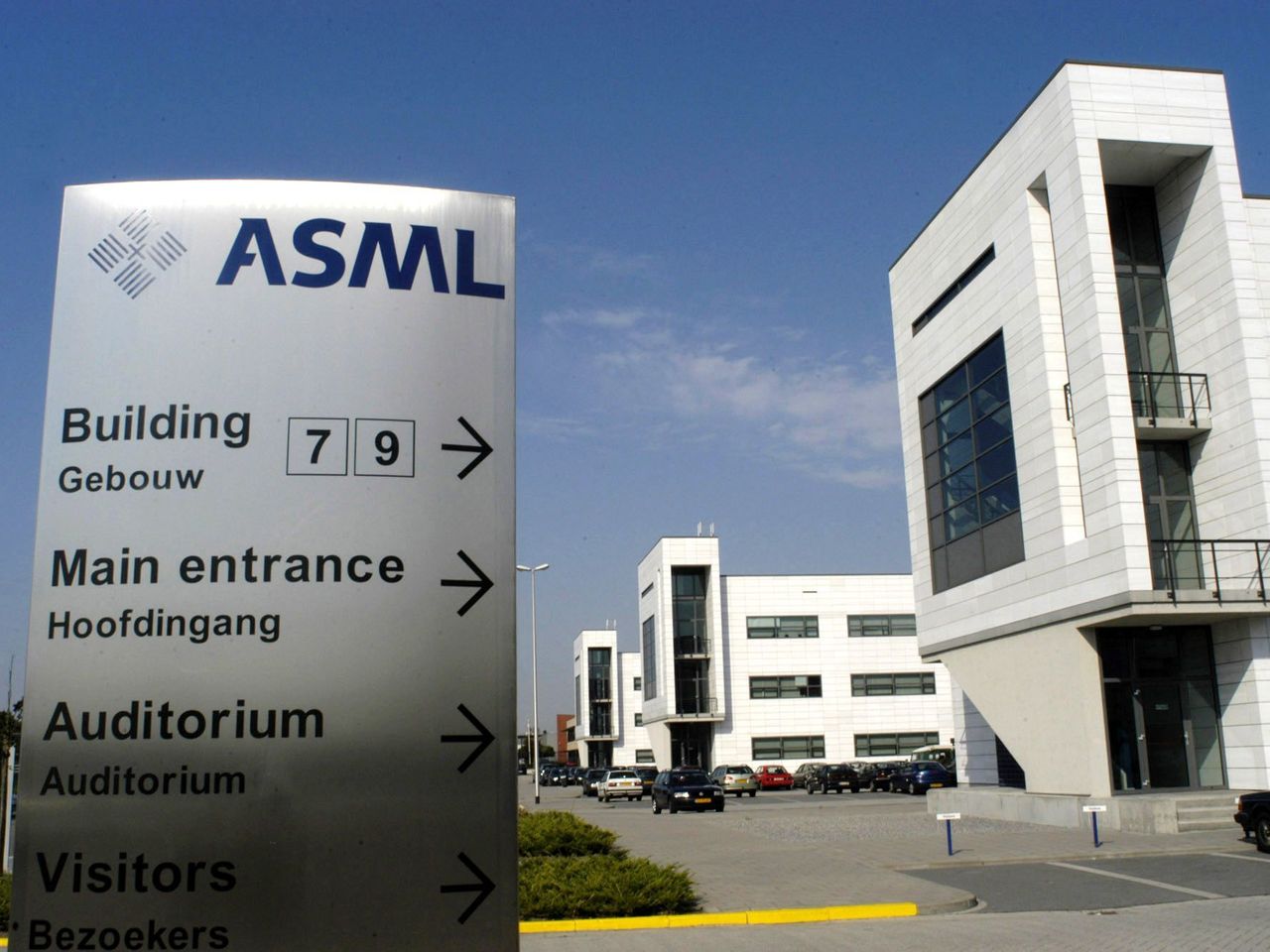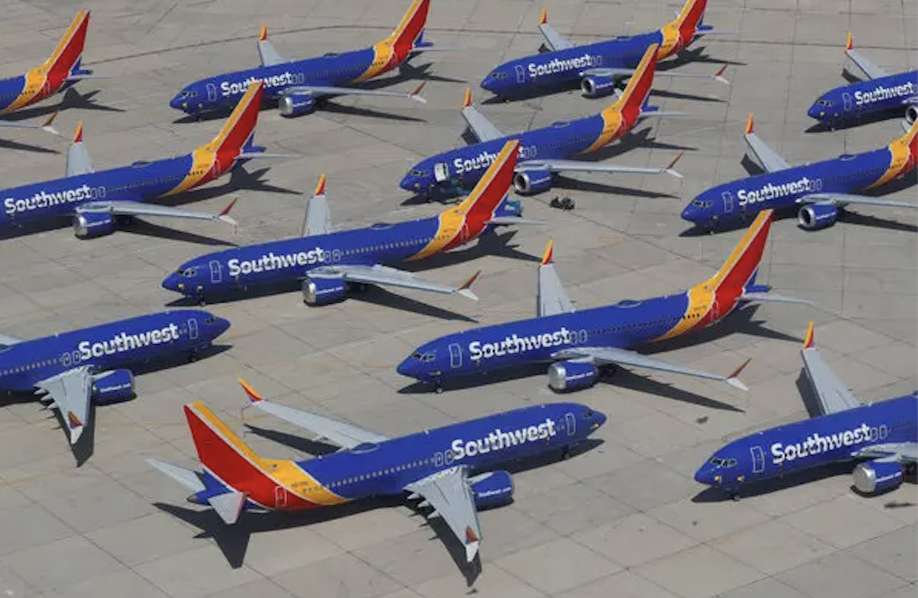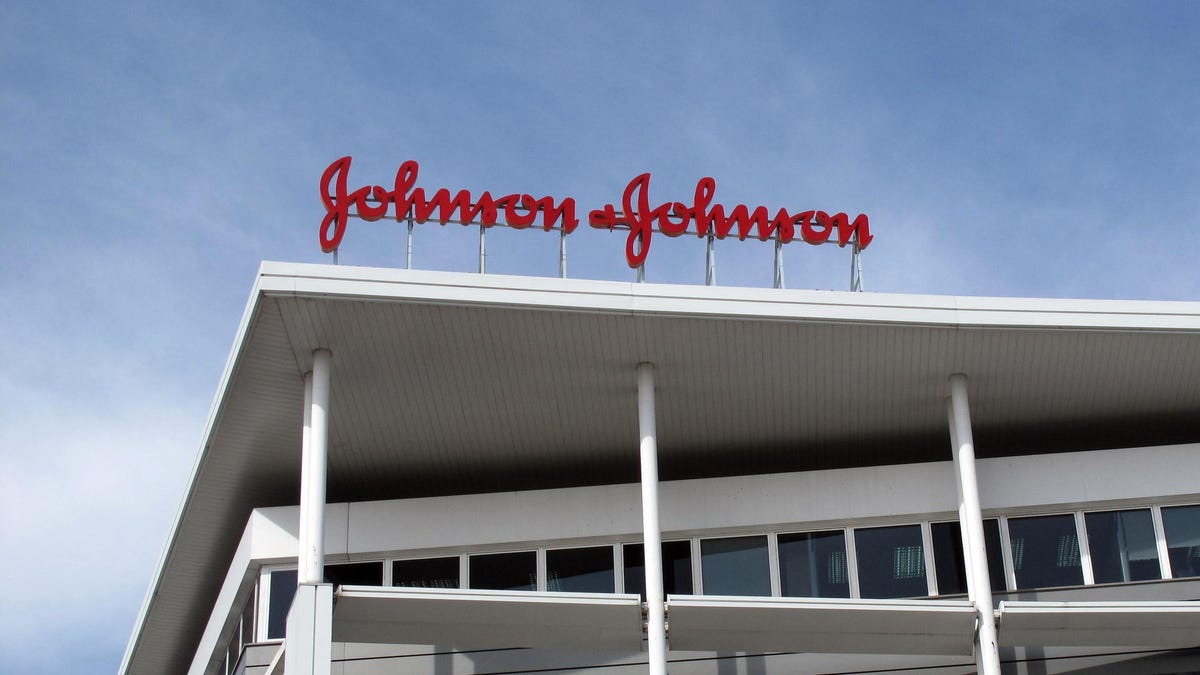The post-coronavirus recovery in China peaked in Q2, so economic activity is expected to slow down in the second half of the year. Nevertheless, there is no reason for panic yet, as corporate capital investments are still quite high, export flows remain stable, and high demand in the real estate market will stimulate the construction sector, despite some tightening of monetary policy since the beginning of the year. A few weeks ago, China’s central bank launched a preemptive monetary easing, not because the regulator is alarmed by the prospects for growth, but because it is adopting a new “cross-cyclical” style of managing the national economy.
The central bank of China will seek to move away from the old policy of massive incentives, while the regulator plans to make fewer significant adjustments to monetary policy in the early stages of the new cycle of economic growth and give more freedom, in order, firstly, to reduce the volatility of financial markets, and, secondly and at the same time reduce the systemic financial risks associated with the lending boom. In practice, this could result in lower interest rates by the end of this year, combined with continued restrictions on investment in real estate and infrastructure. We believe that under the current policy, global commodity prices should remain stable, the yields on China’s sovereign bonds may decline, and the value of falling Chinese stocks is likely to begin to rise soon.
Notable is the seemingly endless persecution of internet companies, which has taken a new and draconian turn with the ban on private tutoring. Shares of registered online education companies fell 40% to 70% last Friday. While Beijing is beginning to ease monetary policy to support economic growth, the authorities are tightening regulation in a variety of sectors to address the backlog of structural problems. The reforms are aimed not only at tightening regulation in the technology sector, but also at strengthening supervision of the real estate market and in more energy-intensive industries such as the steel and mining industries.
Looking beyond China, the picture of the global economy is rather unpredictable. In the United States, the Federal Reserve and the White House seem determined to embark on a course of tightening monetary policy. However, the market’s confidence in the continuation of the reflationary trend implied by the “tightening the nuts” policy is noticeably weakening. The yields on US government bonds have dropped significantly, and the growth in the value of stocks of companies affected by the pandemic last year has stalled. In Europe, hopes for a sustained early recovery continue to be dim due to new outbreaks of coronavirus in selected regions, posing new risks for the European regulator. The ECB is likely to pursue a more dovish policy for several years to support the European economy.
